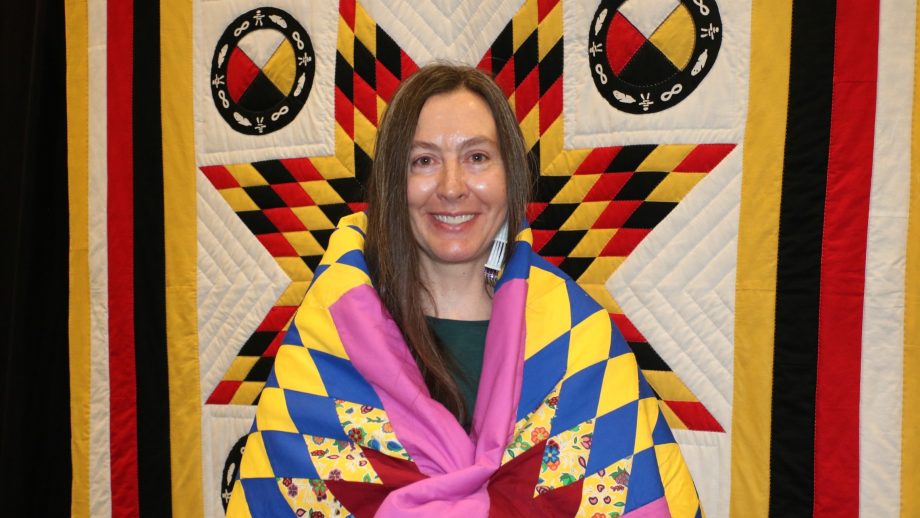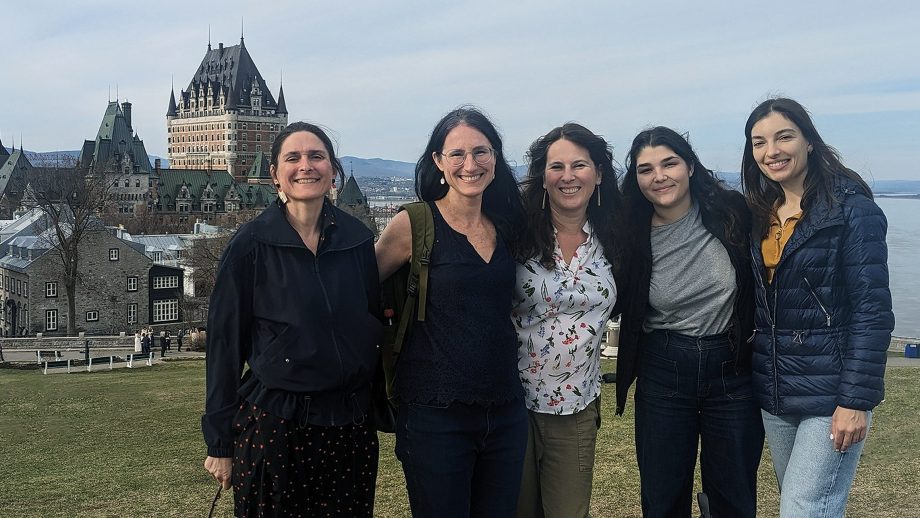As of mid-August, there were upwards of 130 drinking water advisories in Manitoba, nearly 30 of which were boil-water advisories in northern communities. As part of new research into the issue of water and sanitation in the province, The University of Winnipeg’s Dr. Melanie O’Gorman is examining the impact of inadequate access to clean drinking water in First Nations within Manitoba.
O’Gorman, Associate Professor and Acting Chair of the Department of Economics, is the Principal Investigator on a project titled How Important Are Water and Sanitation? Investigating the Associations Between Water/Sanitation and Well-being in First Nations in Manitoba. The project has received $211,624 in funding as an Insight Grant from the Social Sciences and Humanities Research Council (SSHRC). Working with O’Gorman will be UWinnipeg Professor Dr. Luc Clair, University of Manitoba’s Dr. Stewart Hill, and University of Calgary’s Dr. Kerry Black.
“We will work specifically on the Manitoba context to speak to people on the ground – to folks that deal with these issues every day, to Chief and Council, and to water treatment plant operators – to understand the socioeconomic barriers to securing proper water and sanitation infrastructure,” O’Gorman said. “We’re very aware now of the technical barriers, but it’s less clear why the system is flawed.”
We’re very aware now of the technical barriers, but it’s less clear why the system is flawed.
Dr. Melanie O’Gorman
In a recent report, Dr. Hill and co-authors highlight how underfunded housing, water, and sanitation systems increase the risk of COVID-19. In many Manitoba First Nations, a lack of sufficient housing has led to a crisis of overcrowding and a concomitant rise in infectious disease spread. Exacerbating these impacts, individuals in Manitoba First Nations haul water by truck to cisterns at a higher rate (31 per cent) than any other province, while another 5 per cent of homes have no indoor plumbing.
Dr. Black has been developing Indigenous-driven tools for water and wastewater treatment and management. For example, she has innovated in the areas of Indigenous-driven operator training and certification regimes, and works with communities to develop tools and strategies for water and wastewater management.
O’Gorman and her team are working with Manitoba Keewatinowi Okimakinak (MKO), the Indigenous organization representing northern Manitoba First Nations. It is also their intention to speak with government agencies, such as Indigenous Services Canada and Health Canada, in an attempt to “bridge the gap” between community and government concerns.
“As academics, we have that privilege to connect diverse actors on this issue,” O’Gorman says.
Funding Fieldwork
SSHRC funding for this research will allow for the fieldwork necessary to explore the factors preventing water systems from being maintained and also those which have led to drinking water advisories being lifted in Manitoba recently. It will also allow O’Gorman and her fellow researchers to undertake an econometric analysis of administrative health data that can paint a more vivid picture of the short- and long-term health and well-being concerns associated with inadequate water and sanitation infrastructure.
“Survey data is self-reported,” O’Gorman explained. “For example, a survey may ask, ‘On a scale of one to five, how would you rank your physical health today?’ And you might say four or five, but that’s different from your medical record, which records when you went to the hospital in 2020 and so on. That data is more reliable. So, the second part of the project, which I’m working on with Dr. Luc Clair, will involve a higher-quality data analysis.”
O’Gorman notes that awareness of drinking water advisories has increased significantly over the past several years, though there still remains a sizeable gap between the necessary and actual dollars invested in remedying the longstanding water and sanitation issues at the root of the problem.
“There are two aspects of funding water infrastructure: capital funding and operations and maintenance funding,” O’Gorman said. “On both of those fronts, more funding has reached First Nations over the last four years, but because funding has been insufficient for decades, the gap is large, and we still have a long way to go.”





